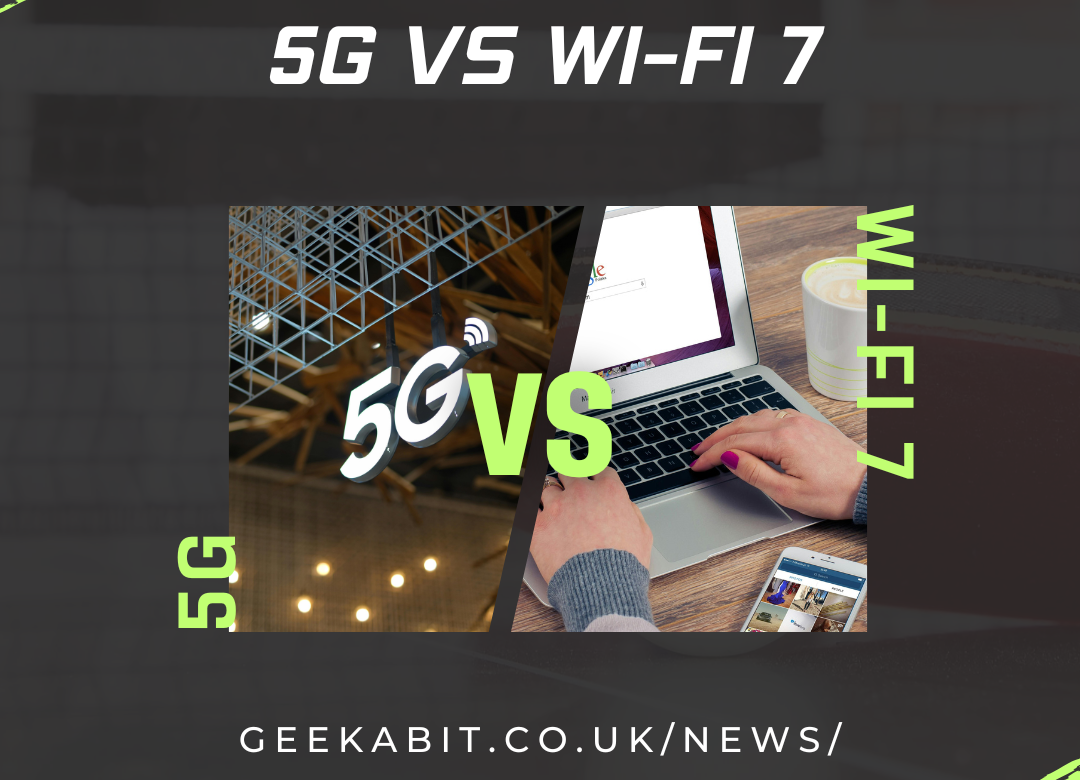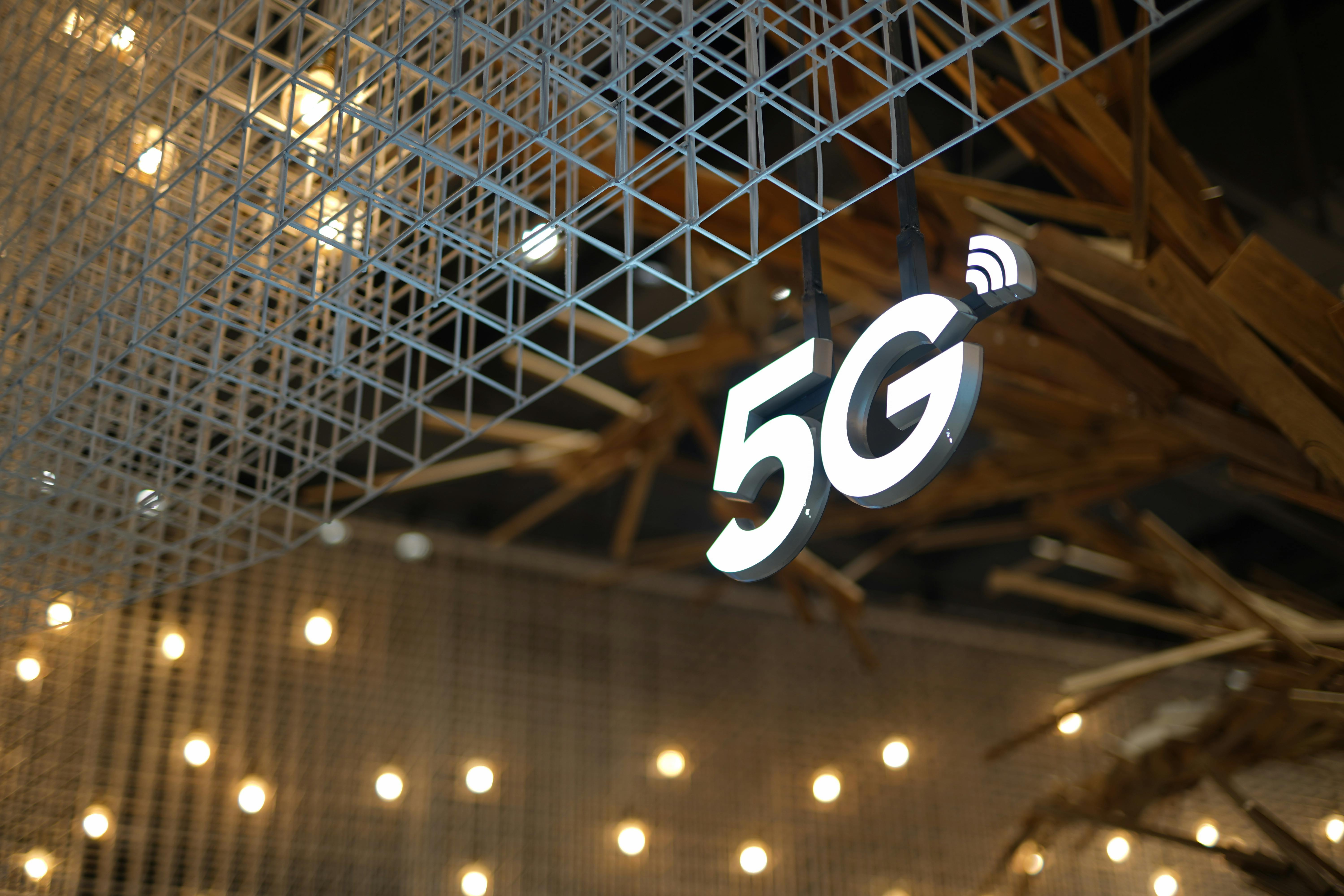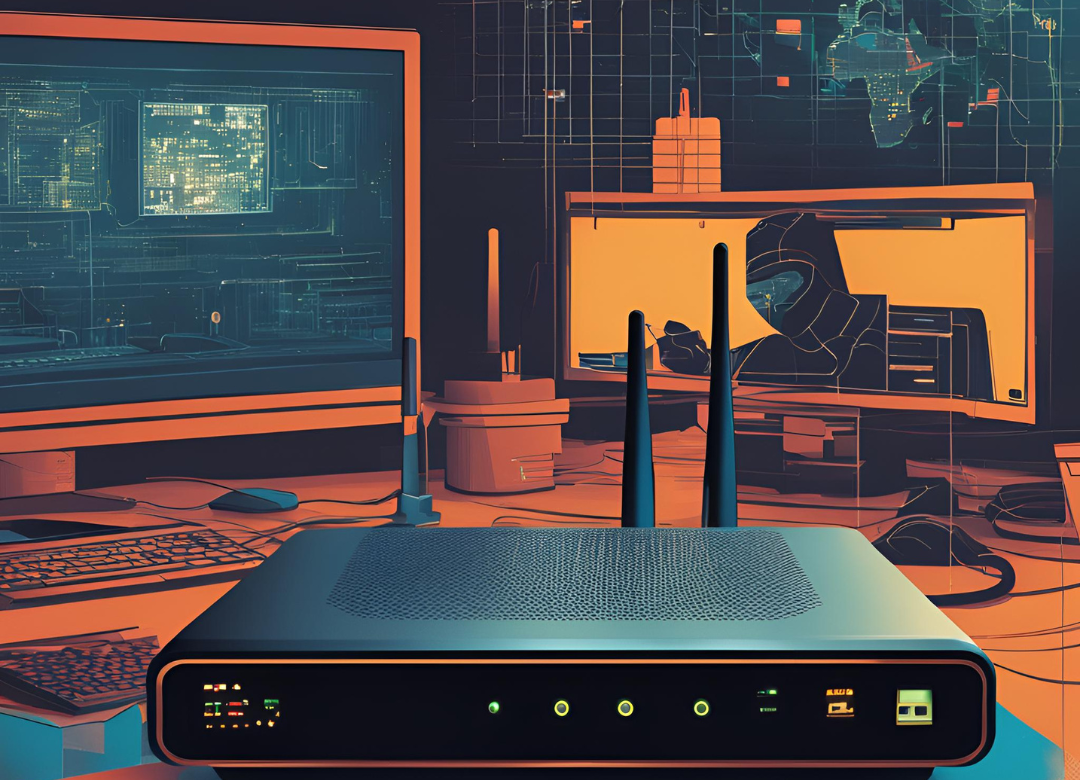Over the last 7 months, the Starlink satellite broadband service from SpaceX has amassed a whopping total of 4.6 million users globally. The recent rapid growth of an additional 1.6 million users in less than a year serves as a significant milestone for the company which now encompasses 118 countries and territories across the world.
Why has Starlink seen such rapid growth recently?
Starlink reported 3 million satellite broadband users back in May 2024. In the 7 months since, the company has supported its growth by focusing on expanding its services, with the introduction of 27 new markets activating Starlink connectivity.
Back in April, we blogged about Starlink expanding their broadband capacity here in the UK by increasing the number of gateway antennas at multiple UK sites and by adopting additional bands.
This was followed just a few months later with the launch of their mini dish and roaming service, also available here in the UK.
With new markets and growing connectivity to support, Starlink needed to ensure they have the infrastructure to support this connectivity. So they launched 89 new satellites into their ever-increasing constellation.
There are currently over 7000 active Starlink satellites in Low Earth Orbit (LEO). These include 350 satellites that are designed to directly connect with LTE phones.
Their commitment to the necessary infrastructure means that Starlink can provide reliable, high-speed internet access even in some of the most remote, hard to reach areas.
What is Starlink planning next?
Next on the cards for Starlink is the SpaceX launch of its third generation (V3) Starlink satellites. These are due to be launched by SpaceX’s upcoming launch vehicle, Starship.
Each launch of a new V3 satellite is estimated to add 60 terabits (Tbps) of capacity to the Starlink network. This would significantly outpace the 3 Tbps capacity provided by SpaceX Falcon 9 launches.
Despite the Starship launch vehicle still undergoing tests in the development stages, it is widely expected to revolutionise satellite deployment. Starship will enable SpaceX to deploy more advanced satellites, providing a larger payload capacity. This in turn means a 10 fold increase in bandwidth and reduced latency for Starlink satellite broadband users.
Why does it matter about Starlink?
Through the growth of Starlink, especially the rapid growth we’ve seen recently over the past 7 months, we see the potential to reshape internet connectivity on a global scale. Starlink achieved cash-flow breakeven by the end of 2023, showing the world the increasing profitability of satellite broadband.
It is the belief of Gwynne Shotwell, COO at SpaceX, that the introduction of the new launch vehicle Starship will “position SpaceX as one of the world’s most valuable companies.”
Starlink appears to be going from strength to strength, providing a much needed digital bridge to those in remote, underserved locations and communities. Not only do they deliver a high-speed internet connection to those who otherwise struggle to access broadband, but they are also making it affordable.
The V3 satellites set to launch with the emergence of Starship will likely see Starlink become even more of a fundamental part of connectivity across the globe.
Fast Wi-Fi Hire for Events with Starlink via Geekabit
If you’re looking to hire Starlink Internet for your next event, we can provide a managed expert service.
Have you been let down before by traditional internet suppliers? Our expertly managed Wi-Fi hire service will allow you to have a fast, stable and speedy Wi-Fi network in areas that other suppliers have previously struggled.
Our Starlink event kit for Wi-Fi hire can be deployed very quickly for even the most last-minute of events, especially helpful in situations where you’ve been let down by another provider.
Our fleet of Starlink routers and dishes are available to support any event where resilient and fast internet needs to be deployed at short notice. If your event is being held in London, Hampshire, Sussex, Dorset or Wiltshire and you’re interested in reliable event internet then get in touch with our Wi-Fi experts today. You can find out more here.










